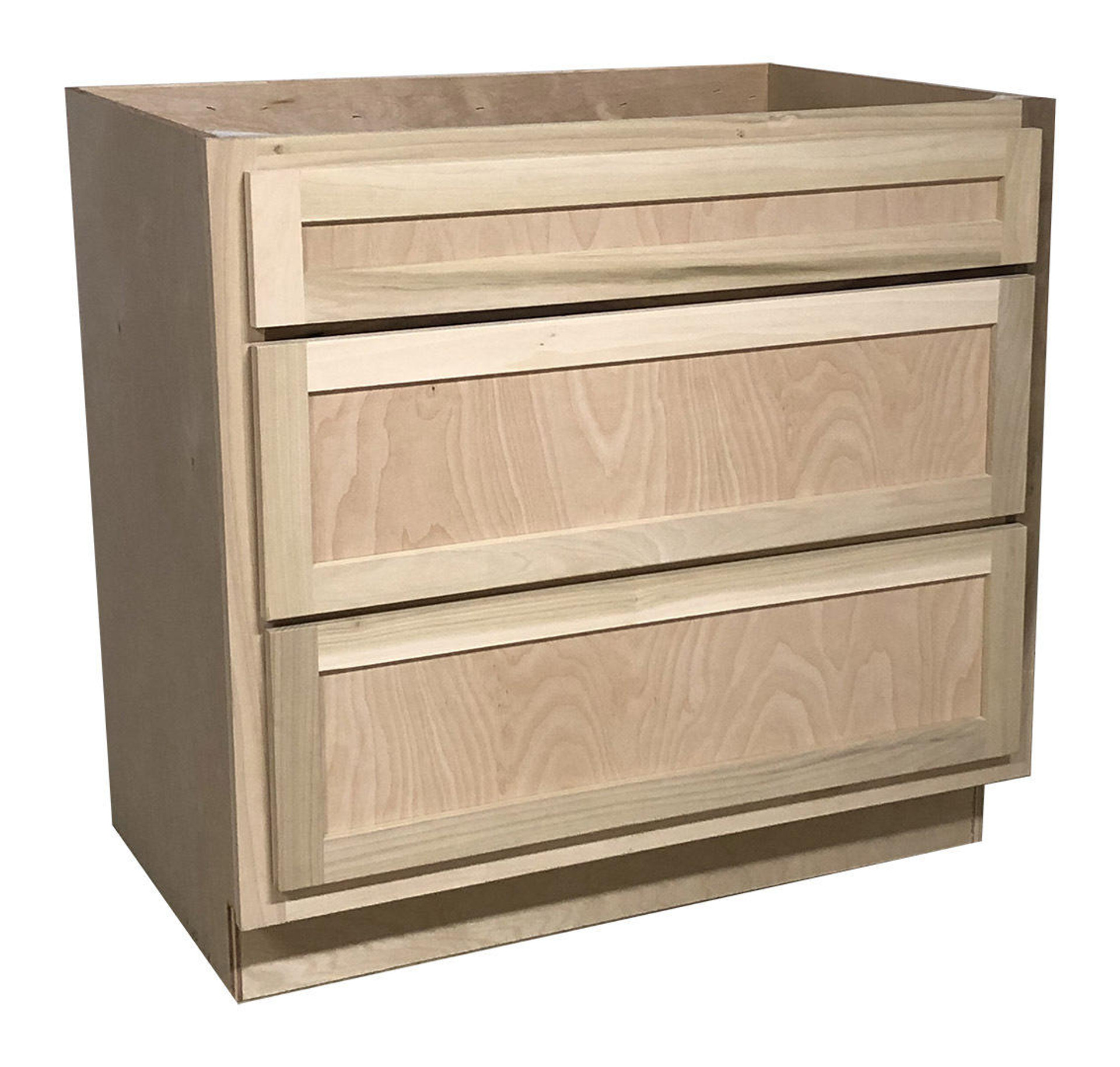Practical Considerations and Functionality: Natural Wood Shaker Cabinets

Yo, so you’re thinking about splashing out on some proper natural wood shaker cabinets, eh? Right, let’s get down to brass tacks and talk about how these bad boys are gonna hold up and what you need to know to keep ’em looking fresh. We’re talking durability, maintenance, and the whole shebang. Think of this as your survival guide to cabinet ownership.
Natural wood shaker cabinets, when done right, are a serious investment. We’re talking about quality that’ll last longer than your last dodgy takeaway. But the lifespan and overall performance depend heavily on the materials and craftsmanship. It’s not all about the hype, bruv. Let’s break it down.
Durability and Longevity of Natural Wood Shaker Cabinets
The longevity of your cabinets hinges on a few key things: the type of wood, how they’re built, and the finish. Solid hardwoods like oak, cherry, or maple are your top contenders – they’re tough as nails and can handle a fair bit of wear and tear. Plywood cabinets can also be a solid choice, especially if you’re on a tighter budget, offering good strength-to-weight ratio. But, cheap MDF (medium-density fibreboard) is a no-go. It’s prone to damage and swelling, and let’s be honest, it ain’t gonna last. Construction is also key – dovetail joints are the gold standard, offering superior strength and longevity compared to simpler joinery methods. A high-quality finish, like a durable varnish or lacquer, will protect the wood from scratches, moisture, and general grime, keeping them looking fly for years.
Maintenance Requirements for Natural Wood Shaker Cabinets
Keeping your cabinets looking mint doesn’t require a PhD in woodwork. Regular cleaning and the occasional bit of TLC is all you need. Think of it like this: a little effort now saves you a whole heap of trouble later.
- Regular Cleaning: A damp cloth and a mild detergent are your best mates. Avoid harsh chemicals or abrasive cleaners – they’ll strip the finish and leave your cabinets looking worse for wear. Wipe down spills promptly to prevent staining.
- Polishing: Occasionally, a wood polish can enhance the finish and give your cabinets a bit of a shine. But don’t overdo it – too much polishing can actually damage the finish.
- Addressing Damage: Minor scratches can often be buffed out with a fine-grit sandpaper and wood polish. For more serious damage, you might need to call in a professional. Prevention is always better than cure, though.
Installation of Natural Wood Shaker Cabinets
Fitting these beauties yourself can save you a stack of cash, but it’s a job that requires some skill and the right tools. Get it wrong, and you’ll be staring at a wonky kitchen for years to come. Follow these steps for a smooth install.
- Preparation: Measure twice, cut once – this is your mantra. Accurate measurements are crucial for a perfect fit. Clear the area and ensure you have all the necessary tools and materials.
- Framing and Shimming: Install the wall framing to support the cabinets, ensuring it’s level and plumb. Use shims to adjust for any inconsistencies in the wall.
- Cabinet Placement: Carefully position the base cabinets, ensuring they are level and aligned. Secure them to the wall studs using appropriate screws.
- Hanging Wall Cabinets: Use cabinet hanging brackets and screws to securely attach the wall cabinets to the wall studs. Ensure they are level and aligned with the base cabinets.
- Finishing Touches: Install cabinet hardware (knobs, pulls), and fill any screw holes with wood filler, sanding smooth before applying a final coat of finish to match the existing cabinet finish.
